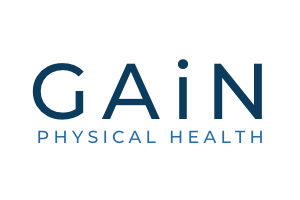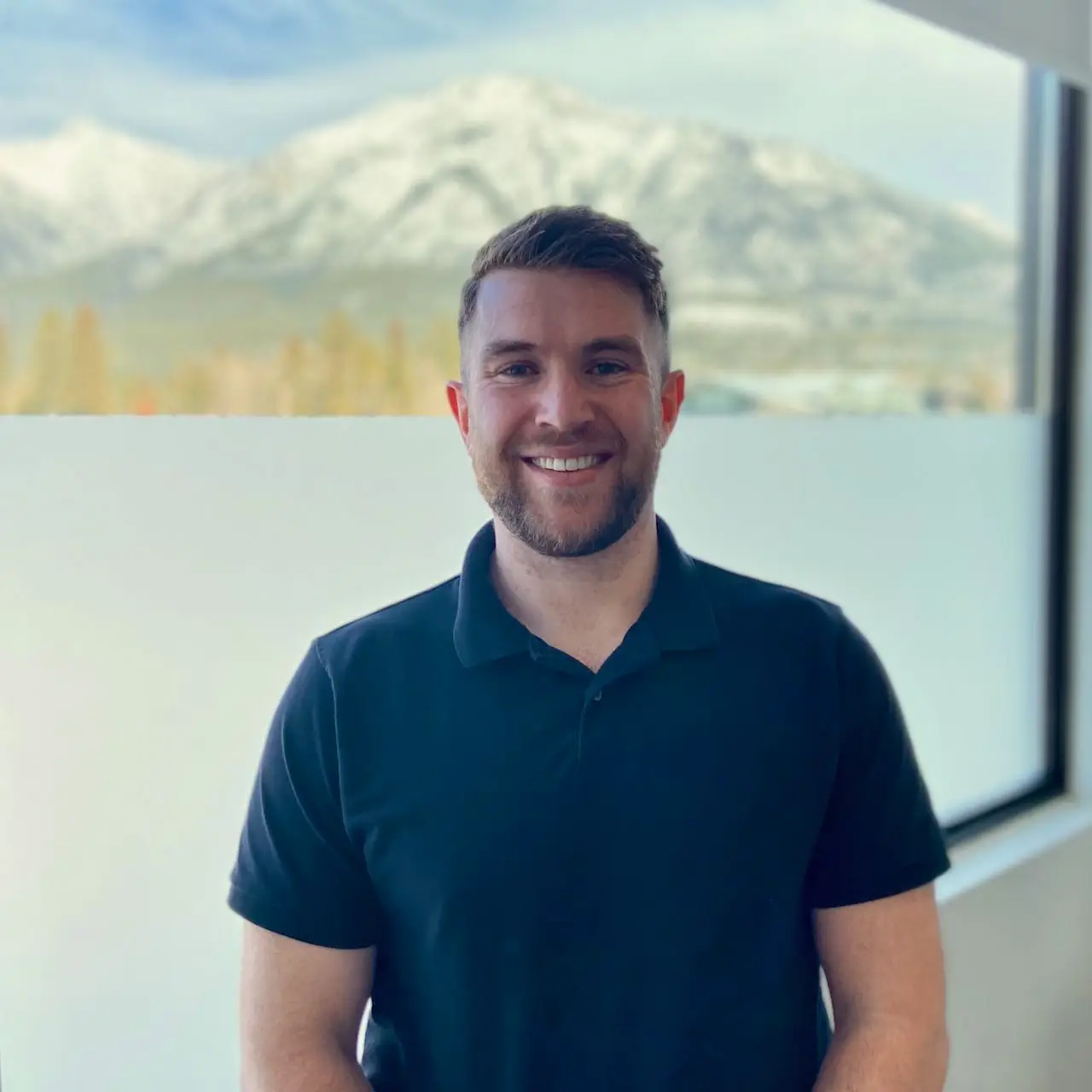Working as a Chiropractor, and being a keen golfer myself, I wanted to understand more about the biomechanics of the golf swing, why people swing the club the way they do, as well as why certain injuries occur, this led me to furthering my education with the Titleist Performance Institute. The TPI strives to understand the golf swing, screening components of a swing to give an individual the most repeatable and efficient golf swing to maximize their performance and minimize the likelihood of potential injury.
Common injuries such as lower back pain, neck pain, shoulder pain, golfers elbow, achilles problems, hip and knee pain, can all result from using poor movement mechanics repetitively, resulting in your tissues becoming injured or sensitized.
What do we do to screen the golf swing?
As a TPI Medical Practitioner I use screens to assess what your body is capable of, the information we take helps me understand if there is a joint/tissue dysfunction, a training or control problem, or if it’s a coaching issue that is preventing you from achieving an efficient and repeatable swing.
The screening tests used within the assessment are as follows:
- Pelvic tilt test
- Pelvic rotation test
- Thoracic rotation test
- Overhead deep squat
- Toe touch
- Shoulder 90/90
- Single leg balance
- Lat length test
- Lower ¼ rotation test
- Cervical rotation test
- Wrist flexion/extension
- Wrist ulnar/radial deviation
- Wrist pronation/supination
- Single leg bridge test
What are common problems with the golf swing?
There are a few common traits we see within the golf swing that make ball striking more challenging, as well as putting certain areas such as the lower back under increased stress. These are 4 examples of key swing dysfunctions, and what they can lead to in terms of injury:
Early extension
 Early extension is present in 70% of amateur golfers. It is characterized by the pelvis moving towards the golf ball on the downswing which often leads to block and hook shots. In the body, early extension can lead to problems in the lower back, achilles, neck and hip.
Early extension is present in 70% of amateur golfers. It is characterized by the pelvis moving towards the golf ball on the downswing which often leads to block and hook shots. In the body, early extension can lead to problems in the lower back, achilles, neck and hip.
Common contributors for early extension are:
- Dysfunctional pelvic tilt
- Torso and lower body rotation
- Overhead deep squat
- Dysfunctional shoulder rotation
- Limited latissimus length
- Limited neck rotation
- Single leg balance
- Gluteal dysfunction
Reverse spine angle
 Reverse spine angle is the leading cause of lower back pain in golfers. Reverse spine angle is characterized by excessive upper body backward bend or excessive lateral upper body bend during the back swing. In right-handed golfers, a reverse spine angle causes you to go from a left side bend and extension and then rapidly go to flexion right side bend which compresses the joints and disc of the lower back. The same happens in left-handed golfers but in reverse.
Reverse spine angle is the leading cause of lower back pain in golfers. Reverse spine angle is characterized by excessive upper body backward bend or excessive lateral upper body bend during the back swing. In right-handed golfers, a reverse spine angle causes you to go from a left side bend and extension and then rapidly go to flexion right side bend which compresses the joints and disc of the lower back. The same happens in left-handed golfers but in reverse.
Common reasons why someone may have a reverse spine angle could be:
- Poor rotation of the upper or lower body.
- Inability to pelvic tilt
- A lack of length in the latissimus dorsi muscle
- Inability to properly rotate your neck
- Inhibited or dysfunctional glutes
- Poor single leg balance
Sway and Sliding
 Sway is characterized by increased lateral movement on the backswing, and sliding is characterized by increased lateral motion towards the golf swing. This can lead to slicing, fatting or thinning the ball, as well as being known to cause hip, lower back, neck and shoulder issues.
Sway is characterized by increased lateral movement on the backswing, and sliding is characterized by increased lateral motion towards the golf swing. This can lead to slicing, fatting or thinning the ball, as well as being known to cause hip, lower back, neck and shoulder issues.
Common reasons why someone may sway are:
- Poor pelvic rotation/dissociation
- Lower quarter rotation
- Upper body rotation
- Single leg balance
- Poor gluteal function

What can you expect once you have had your screen?
Once you have had your TPI screen done, I will use Chiropractic treatments, including manual therapy and exercise-based techniques to improve your range of motion, re-teach proper movement mechanics, and where appropriate work with your golf professional and trainer to help maintain improvements.
My goal is to improve how your body moves, reducing your chance of injury, allowing you to enjoy your game of golf now, and for longer.
Dr. Marcus Higgins, Chiropractor & TPI Medical Practitioner
When he’s not treating patients at GAiN Physical Health in Canmore, you can find Marcus hitting balls or playing a round at Canmore Golf & Curling Club!






